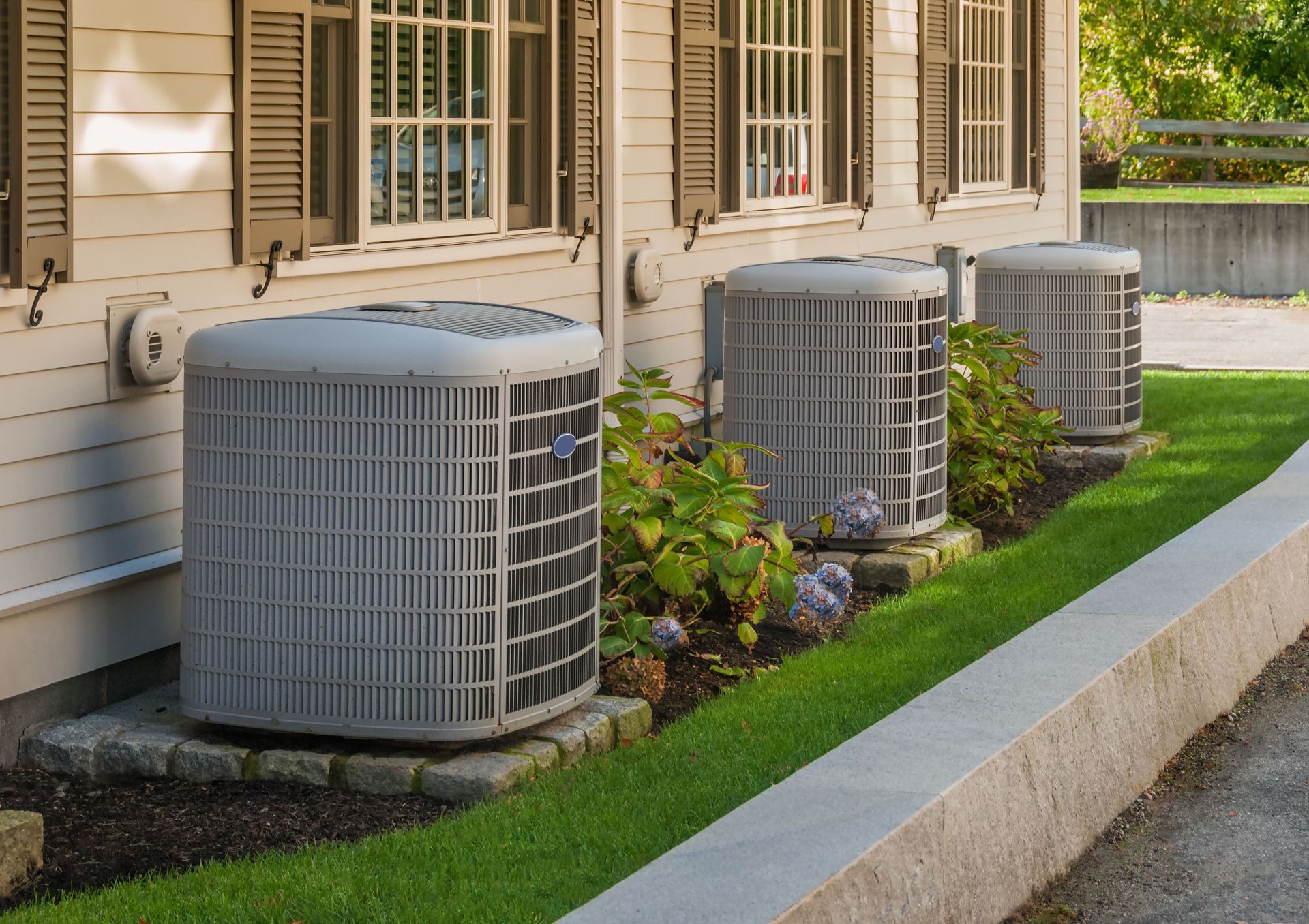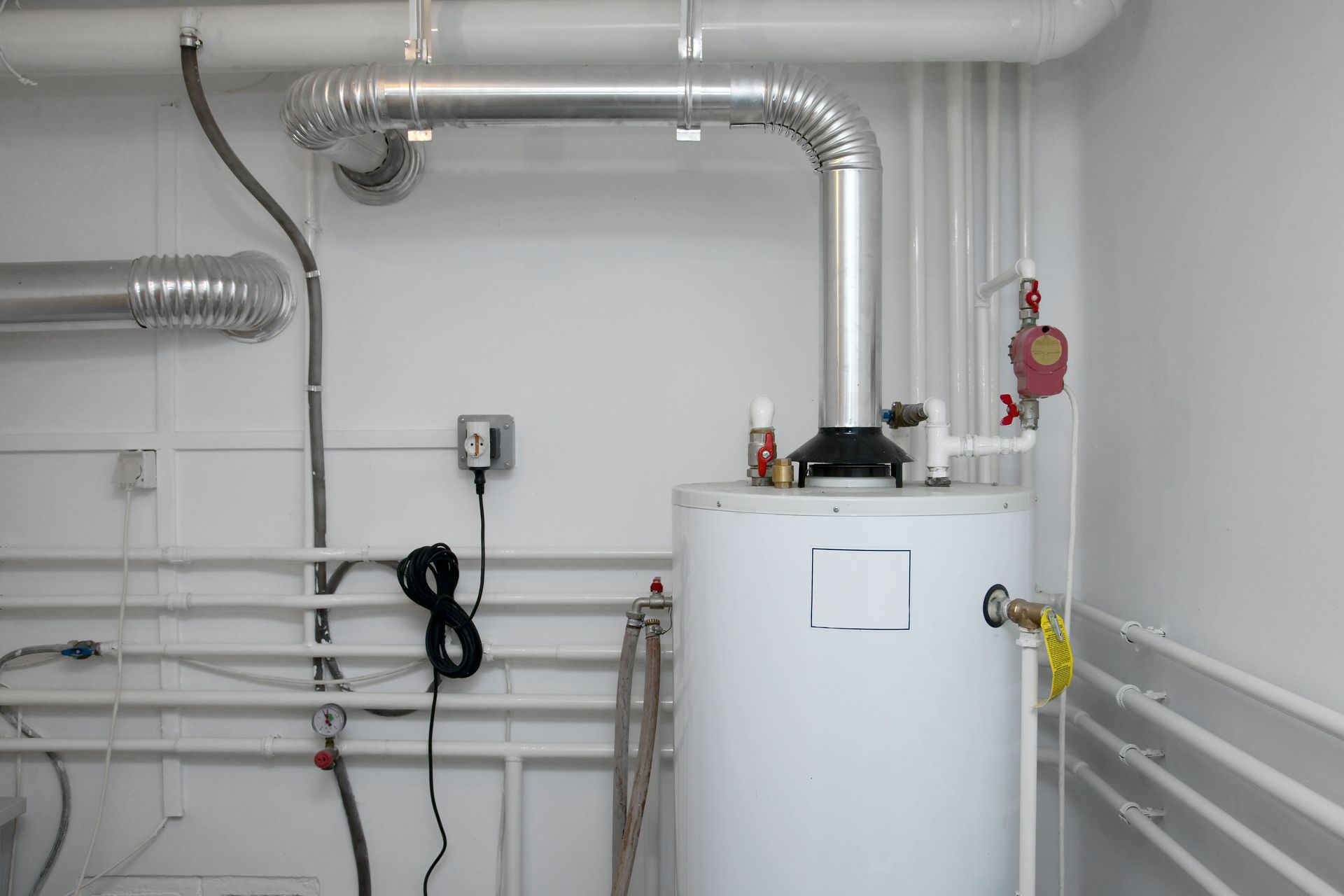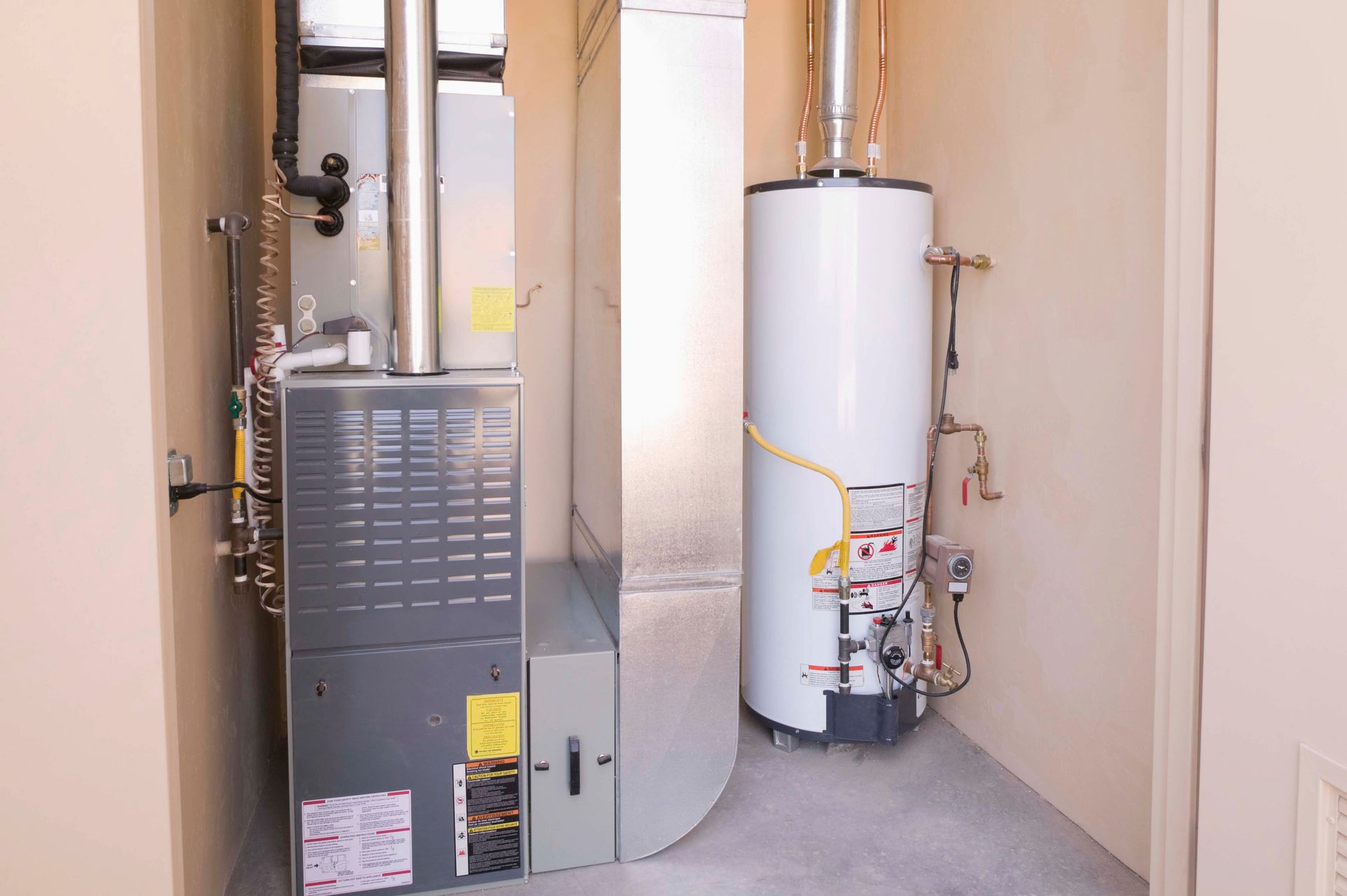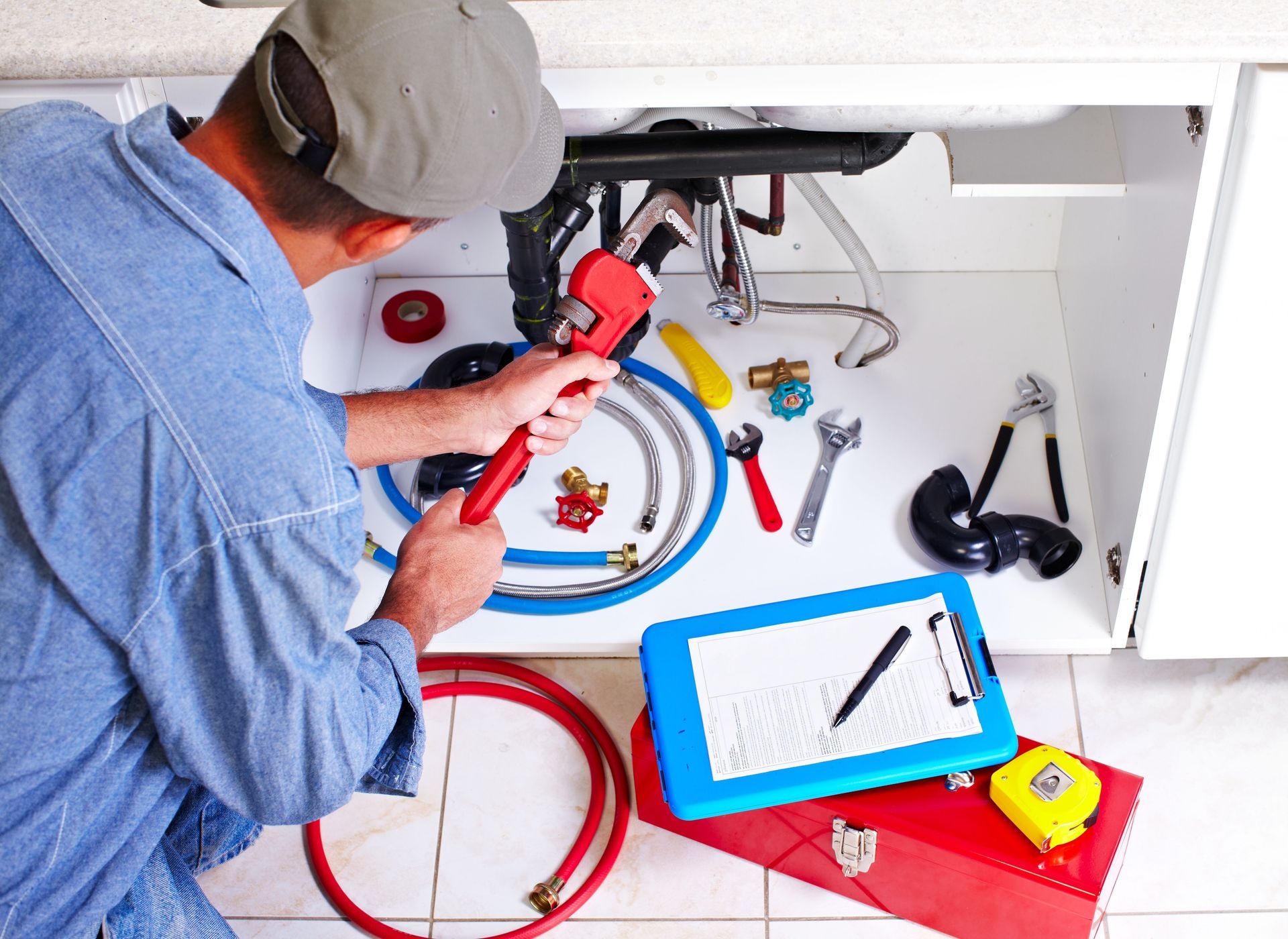3 AC Replacement Strategies That Cut Energy Bills
In today's world, energy efficiency is more critical than ever, as it not only saves money but also aligns with environmental sustainability goals. One area often overlooked in this regard is air conditioning systems, which can account for a significant portion of home energy consumption. Investing in AC replacement can result in substantial savings on energy bills and help reduce our carbon footprint. Let's explore some AC replacement strategies that will cut energy bills significantly.
1. Assessing Your Current AC System
An energy audit is the first step in assessing your current AC system. It involves a detailed examination of your unit's energy consumption and overall efficiency. During this process, various tools can help you identify areas where energy is being wasted. A comprehensive audit can unveil inefficiencies such as leaking ducts or poor insulation, which directly impact energy bills. By understanding these inefficiencies, homeowners can make informed decisions on necessary upgrades.
Performing a thorough energy audit requires a systematic approach. Start by gathering all relevant data, including energy bills from the last year. This data provides a baseline to measure improvements after your AC replacement. An audit will often reveal that maintaining older units is more costly in the long run compared to investing in a modern, efficient AC system. Identifying these inefficiencies early can save money and improve home comfort.
When conducting an energy audit, do not overlook the smaller details. Factors like clogged filters or worn-out thermostats can lead to significant energy waste. Regular monitoring and documentation can help track the progress of energy-saving strategies. Accurate assessments are crucial for formulating an effective plan for improving energy use. Such audits lay the groundwork for reducing energy consumption substantially.
Aging air conditioning systems often exhibit specific signs that indicate the need for replacement. These include frequent repairs, strange noises, or an inability to maintain a comfortable temperature. As these units age, their efficiency decreases, resulting in higher energy bills and reduced comfort. Recognizing these symptoms early on can prevent more costly issues down the road. By understanding the signs of an aging system, homeowners can make proactive choices for replacement.
One of the most noticeable signs of an aging AC system is diminished cooling performance. If your AC struggles to maintain the desired temperature, it may be overworking itself and wasting energy. Furthermore, if repairs have become more frequent and expensive, it's a clear indication that the system is nearing the end of its lifecycle. It’s often more economical to replace the unit rather than continue investing in repairs. Setting aside time for regular inspections can help catch these issues before they escalate.
The visual condition of your unit can also provide clues about its aging status. Rusting components, worn-out fan blades, and deteriorated wiring are all signs of an outdated system. Alongside visual inspection, consider measuring energy usage increases over time. If there’s a notable spike in the costs without a corresponding rise in temperature or usage, it may be time to consider replacement. Keeping an eye on these factors ensures your system operates within optimal conditions.
Understanding your current energy usage is essential for evaluating your AC system's efficiency. Several tools are available to help homeowners accurately measure their AC's energy consumption. Smart meters and energy management systems can provide real-time data that’s invaluable for making informed decisions. According to Workyard, 31% of homeowners aged 18 to 34 are willing to invest in smart or green plumbing solutions, highlighting a growing awareness of energy efficiency. Leveraging these technologies can provide insights into when and how your AC system is most efficient.
2. Choosing the Right Replacement System
New technologies have revolutionized air conditioning solutions, offering improved energy efficiency and better environmental performance. Advanced inverter technology, for instance, allows units to adjust compressor speed dynamically, conserving energy by reducing unnecessary power consumption. Another innovation is the development of solar-powered air conditioning systems that further reduce reliance on conventional electricity sources. These systems offer dual benefits: lower electricity bills and a considerably smaller carbon footprint. Staying abreast of technological advancements can guide you in selecting a modern, efficient system.
The advent of the Internet of Things (IoT) has significantly enhanced control over home cooling systems. Through IoT, AC replacement units can now be controlled remotely, optimizing their efficiency based on occupancy and outdoor temperature conditions. Moreover, IoT-enabled AC units can learn user preferences over time and adjust settings for optimal comfort and efficiency. Adoption rates of such technologies are on the rise as awareness and availability increase.
Understanding the benefits of new technologies is crucial for making informed decisions. Energy-efficient units may have a higher initial cost but offer significant lifetime savings. Those who invest in new technologies are often rewarded with reduced energy bills and enhanced home comfort. Additionally, governments and utility companies offer various incentives and rebates for investing in energy-efficient appliances. These developments underscore the importance of choosing the right technologies when investing in an AC replacement.
The market offers various types of air conditioning systems, each with its own set of advantages and disadvantages. Central air conditioning systems are highly effective for cooling entire homes, but can be expensive and difficult to install in structures without pre-existing ductwork. Conversely, ductless mini-split systems are versatile and provide zonal cooling, making them a popular choice for energy-conscious homeowners. Window units present a cost-effective option for individually cooling smaller spaces, but may not offer the same efficiency as more integrated systems.
3. Enhancing Energy Efficiency with Smart Technology
Smart thermostats are a revolutionary advancement in home cooling technology. They offer features like remote access, automation, and the ability to learn household routines for optimized efficiency. By automatically adjusting temperatures based on occupancy and time of day, they significantly reduce energy consumption. Many homeowners, particularly young adults, prioritize smart solutions in upgrading their household systems. These devices appeal to environmentally conscious homeowners seeking greater control over their energy use.
The convenience of smart thermostats extends beyond simple temperature control. These devices often come with mobile apps that allow you to manage settings from virtually anywhere. They provide detailed energy reports, offering insights into consumption patterns and suggesting ways to enhance efficiency. This level of control and feedback empowers homeowners to take active steps in reducing energy usage. The integration of smart thermostats into your AC replacement often results in immediate energy savings.
The investment in smart thermostats often pays off through reduced energy bills. Though there is an initial cost, the technology quickly delivers savings that offset the expenditure. Smart thermostats also allow for integration with home automation systems, providing a seamless and smart environment. Improved energy efficiency translates to reduced utility bills, adding value to the initial investment. This technology is an accessible and effective step toward achieving greater overall home efficiency.
Smart sensors introduce a new level of precision in home climate control. These devices monitor various environmental parameters in real-time, feeding data to your AC system for optimal adjustments. Smart sensors can detect temperature variations within rooms and adjust cooling levels accordingly. By promoting uniform temperature distribution, they contribute to more efficient cooling and reduced energy consumption.
Investing in an AC replacement with modern, energy-efficient technologies is a strategic investment that pays off in both comfort and cost savings. By assessing your current system, choosing the right replacement, and integrating smart technologies like thermostats and sensors, you can significantly reduce energy consumption while improving home climate control. Taking proactive measures today with the help of Local Plumber and HVAC ensures a cooler, more efficient, and smarter home for years to come. Call us today to get started with a free on-site estimate!





Share On: